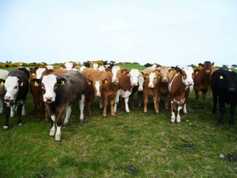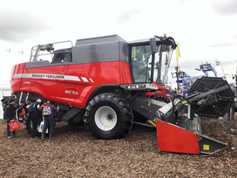Grazed grass is the cheapest and most cost-effective feed you can give your animals. On average the cost of producing a kilo of liveweight gain from grazed grass is 80-85% less when compared to an intensive concentrate-based system. To get the most from your grass and manage it efficiently, a paddock system is essential.
Dairy, beef and sheep farmers with paddock systems are able to supply their stock with fresh leafy grass every two to three days. They have far more control of their grassland because if grass growth is strong they can easily skip a paddock and cut it for bales. With paddocks, they can achieve higher utilisation and grass growth. The paddock can then be brought back into the rotation and quality after-grass will be available after a couple of weeks. Paddocks are excellent during periods of broken wet weather – instead of an entire field getting poached in a set stock system, a paddock system means only a small area may be affected. Stock are a lot quieter because they are used to being in contact with the farmer. In general, farmers have far more control of their grazing area when they have a paddock system in place compared to the conventional set stock arrangement.
We visited a suckler farmer in Louth who installed a paddock system for his cows and replacement heifers and found the new system to be very beneficial. The vast majority of paddock systems are installed using electric fencers. We will look at how you should install an electric fence to make sure it is working effectively.
Aerators
We also talked to some farmers who are using aerators on their paddocks and discussed why they find them useful. Many of these farmers have land that is not suitable for subsoiling, but find the aeration machines work well.
These farmers claim that there is a positive grass yield response to land that they aerate. Teagasc carried out some research in the 1990s to see if aeration was beneficial to grassland and found “routine spiking was unlikely to produce any yield benefits”.
Maybe it is time for Teagasc to look at aeration machines again and focus its studies on areas where definite soil compaction has occurred on different soil types.






 This is a subscriber-only article
This is a subscriber-only article










SHARING OPTIONS: